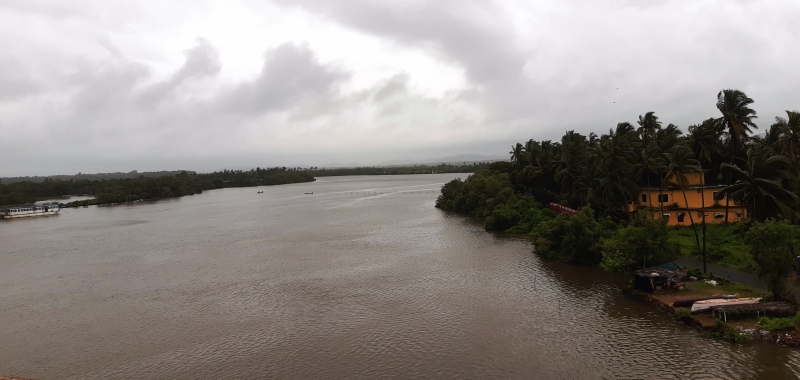Water quality has degraded, severe impact on vegetation: Study

PANAJI
As River Sal faces significant anthropogenic pressures including pollution from urbanization and untreated sewage, the Goa State Pollution Control Board (GSPCB) has decided to undertake GIS based mapping of the river to identify the source of pollution.
A recent study has pointed out that the water quality of the river has further degraded and has left a severe impact on vegetation or plant composition and overall ecological damage.
A senior official said that the Board has come across numerous complaints and studies pertaining to the pollution of River Sal.
“Also, there is a petition filed before the High Court, who through its directions, had asked the Board to identify the source of pollution and take necessary action,” official said.
The Board has now decided to undertake GIS mapping of the river to identify the source of pollution. The Board will be roping in a private player, through a tender, to undertake mapping.
“Unless we identify the source of pollution, we cannot take measures to curb pollution and to clear the river, which is Goa’s third longest river,” official said.
According to a joint study undertaken by the students of the Goa University and Kyambogo University, Kaliro- Uganda Sal River is under significant anthropogenic pressure, potentially leading to further increases in their pollution levels.
According to the researchers, the main human activities along the rivers were sewage disposal, construction, urbanization, and fish farming.
Anthropogenic pollution has a significant effect on plant composition; as such, the nature of human activity will determine the plant composition of that area.
The study observed that urbanized areas, along the River Sal, exhibited reduced vegetation cover likely due to high levels of runoff pollution and edge effects. The compounded effects of water flow alterations and soil texture changes further accelerate declines in riparian plant diversity.
Another study by the Varsity also revealed that the river is highly contaminated with micro plastics as a result of increasing human activities.